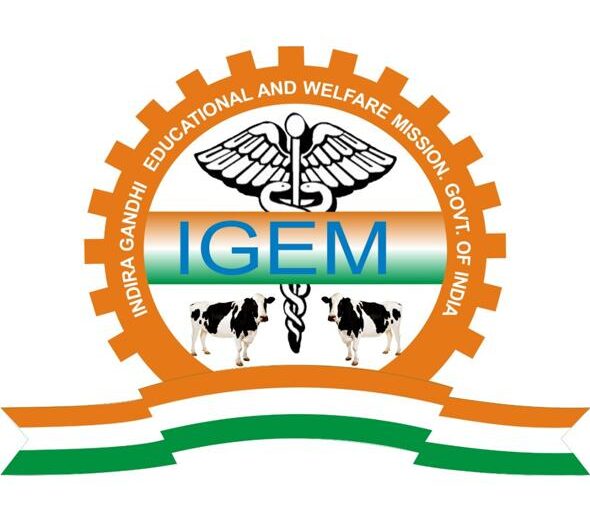A Diploma in Hardware Technology (DHT) is a short-term, job-oriented program designed to equip students with the essential knowledge and skills to pursue a career in computer hardware maintenance and troubleshooting. The program typically lasts for one to two years, depending on the institution offering it.
What does a DHT program cover?
The curriculum of a DHT program can vary slightly depending on the institution, but it generally covers the following core topics:
- Computer Fundamentals: This section introduces students to the basic components of a computer system, including hardware (CPU, RAM, storage) and software.
- Operating Systems: You’ll learn about popular operating systems like Windows and Linux, gaining practical experience in installation, configuration, and troubleshooting.
- PC Assembly and Disassembly: This hands-on component teaches students how to properly assemble and disassemble computer components, understanding their functions and connections.
- Peripheral Devices: The program covers various computer peripherals like printers, scanners, monitors, and external storage devices, focusing on installation, troubleshooting, and maintenance.
- Hardware Troubleshooting: A crucial aspect of the program, you’ll learn diagnostic techniques to identify and resolve hardware malfunctions.
- Basic Networking Concepts: An introduction to networking fundamentals equips you with an understanding of computer networks, their components, and basic troubleshooting methods.
Additional Considerations:
- Software Applications: Some programs might include training in basic software applications like Microsoft Office suite for added value.
- Industry Certifications: Certain DHT programs might incorporate training for industry-recognized certifications relevant to hardware support, enhancing your resume and marketability.
Benefits of a DHT program
Here are some of the advantages of pursuing a Diploma in Hardware Technology:
- Improved Job Prospects: A DHT qualification can make you more competitive for entry-level IT positions, particularly those focused on computer hardware maintenance and repair.
- Enhanced Practical Skills: The program provides hands-on experience in assembling, troubleshooting, and maintaining computer hardware.
- Increased Earning Potential: IT professionals generally earn higher salaries than workers in other fields.
- Flexible Learning Options: Some institutions offer DHT programs online or in a blended format, allowing for greater flexibility in learning alongside work or other commitments.
- Affordable Education: A DHT program is a relatively cost-effective way to gain valuable IT skills and enter the workforce.
Who should consider a DHT program?
A DHT program is a good option for anyone interested in:
- Starting a career in computer hardware maintenance and support.
- Developing practical skills in computer hardware assembly and troubleshooting.
- Upgrading their existing IT knowledge and skills.
- Gaining a foundation for further studies in IT, such as a bachelor’s degree.
Career opportunities after a DHT program
After completing a Diploma in Hardware Technology program, you may be qualified for a variety of entry-level IT positions, such as:
- Computer Technician
- Hardware Support Specialist
- PC Repair Technician
- Help Desk Technician
- Network Support Technician
With additional experience and training, you could potentially advance to more senior positions in computer hardware maintenance or pursue broader IT specializations.
Finding a DHT program
Here are some ways to find a Diploma in Hardware Technology program:
- Search online: Look for “Diploma in Hardware Technology” programs offered by colleges, vocational training institutes, or private IT training providers in your area.
- Government Skill Development Schemes: In some countries, government initiatives might offer subsidized or discounted DHT programs.
- IT Training Institutions: Many IT training institutes offer DHT programs alongside other IT certifications.
By researching and comparing different DHT programs, you can find one that aligns with your learning goals and career aspirations.
